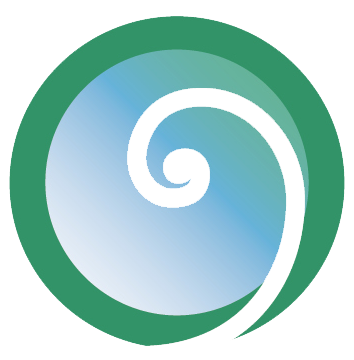The Alexander Technique isn’t a set of exercises, but it’s crucial to practice every day. So, what exactly are you supposed to be practicing? And unless you’re a monastic or have the luxury of going on a long retreat, you’re not spending the majority of your time in meditation. So what can you do when you’re not meditating that will support and strengthen present moment awareness?
Start by seeing everything you experience as a place of practice.























